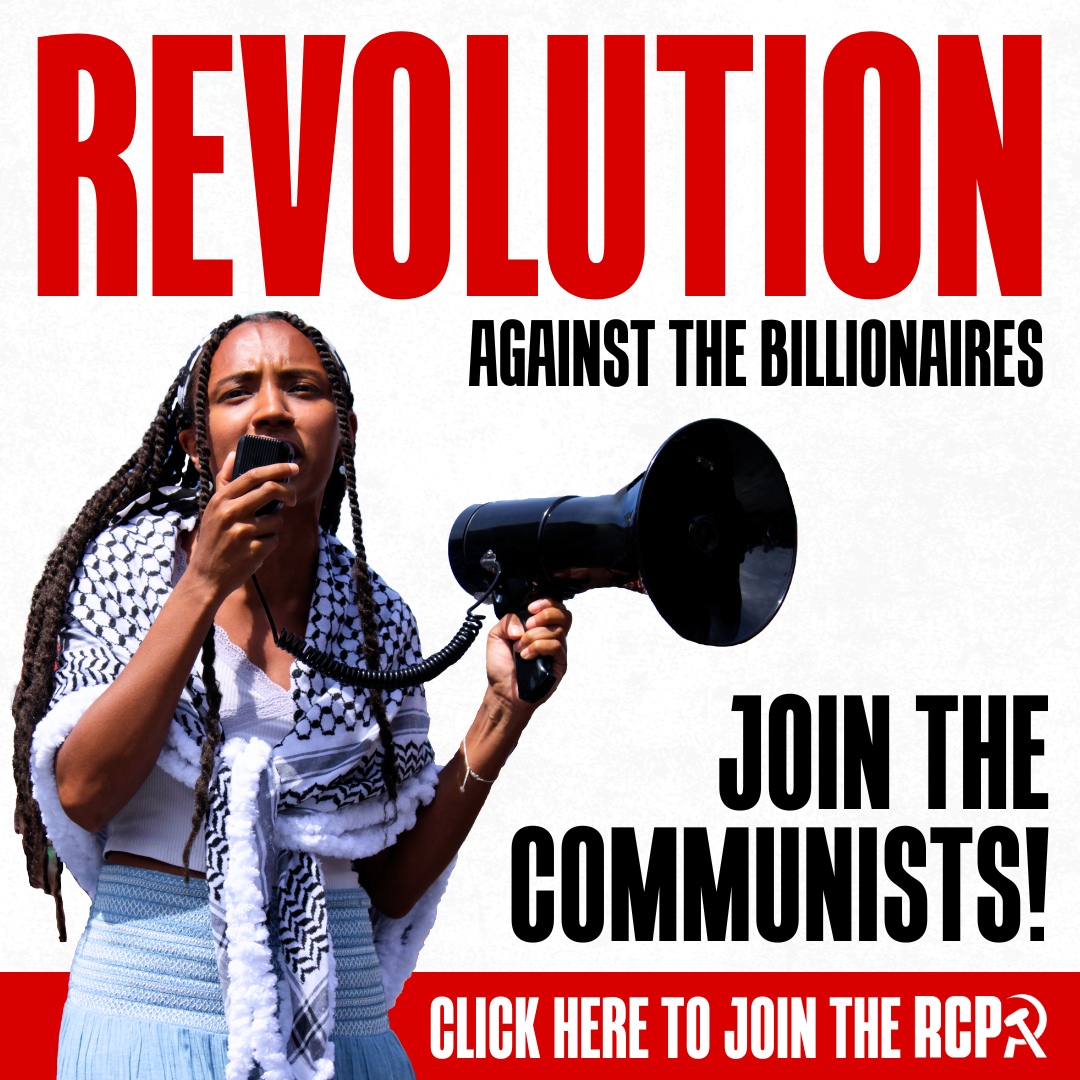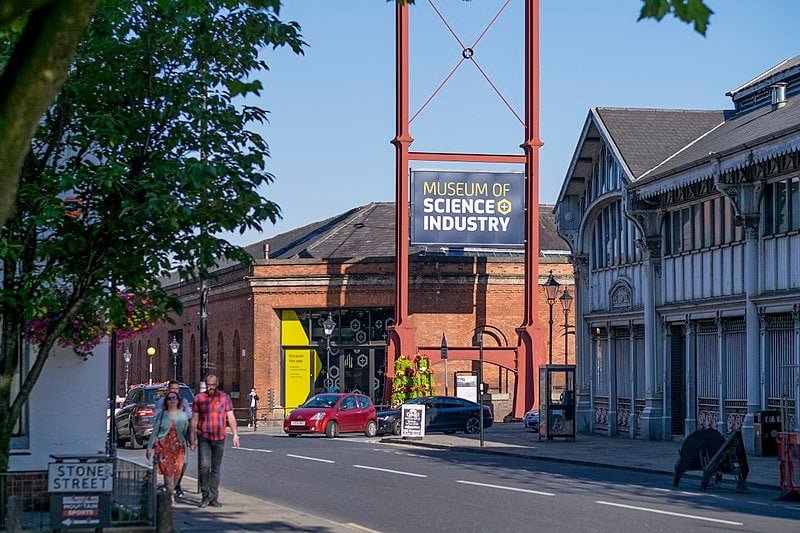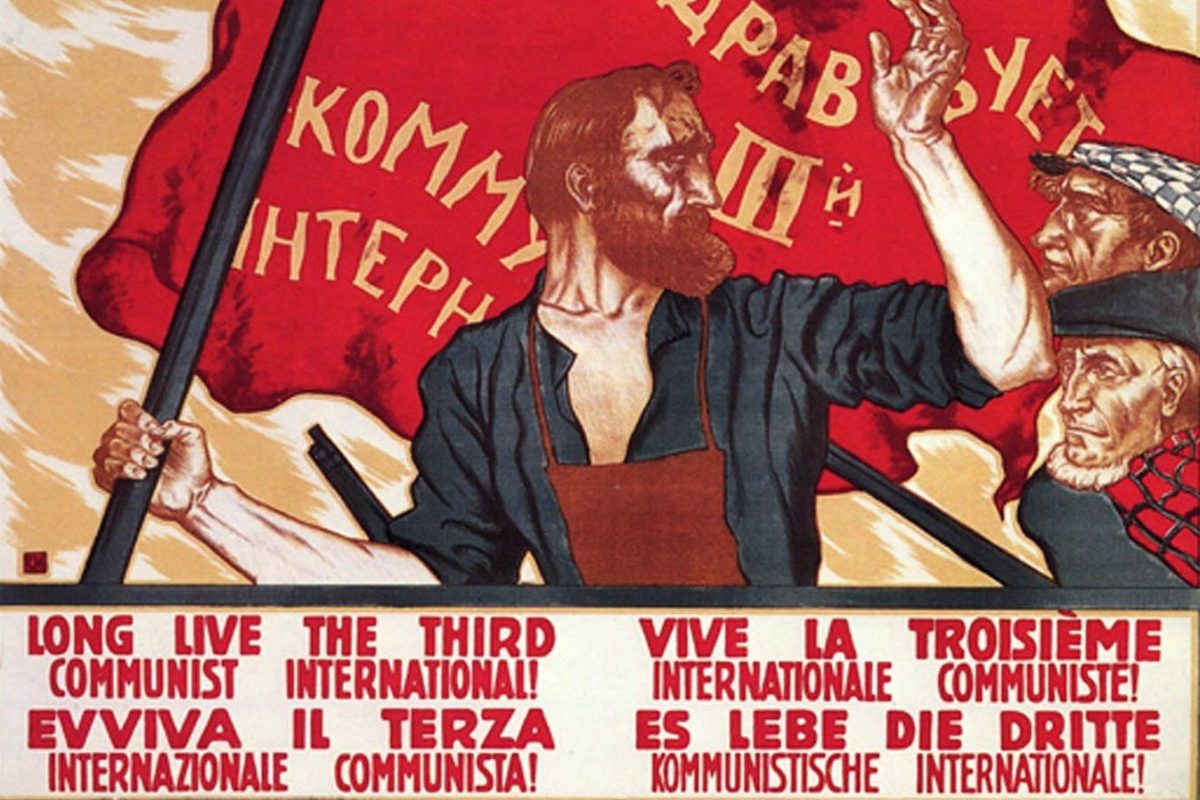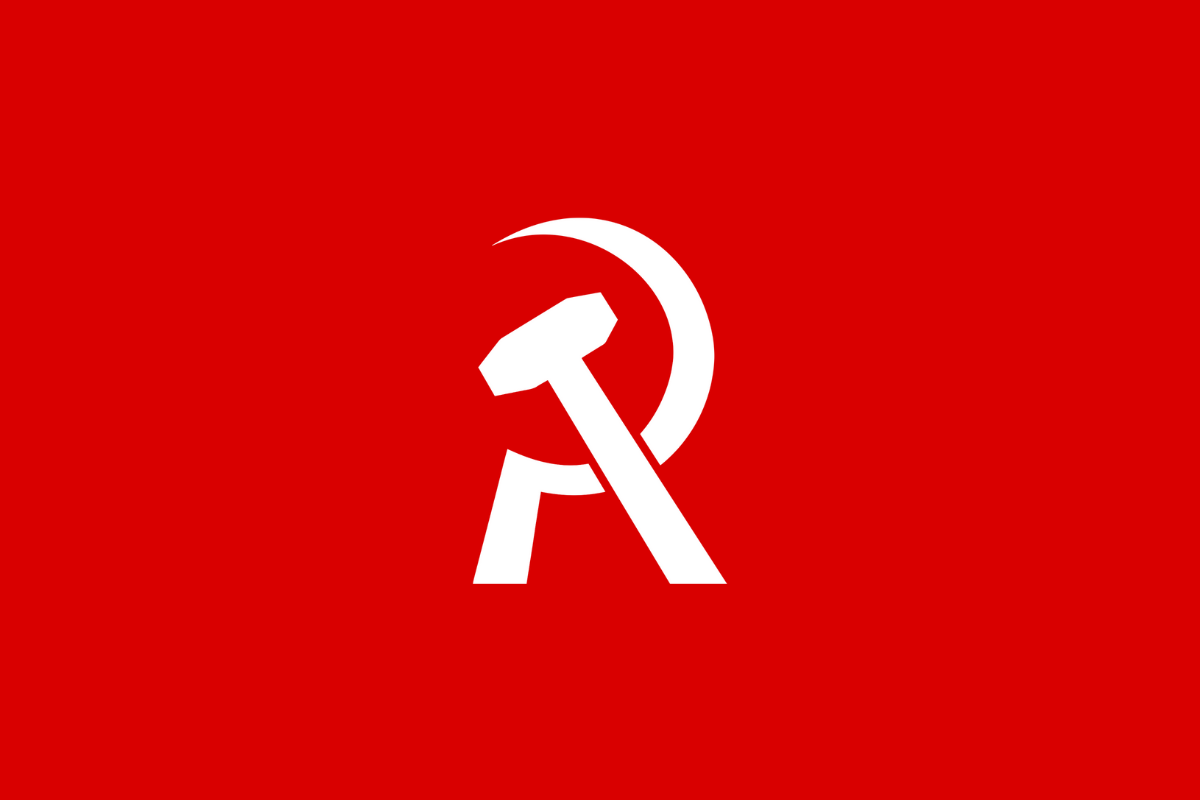The lie peddled by the entire establishment, from the mass media to the universities and schools; from the Tories to Lib Dems, is New Labour's line that the left made Labour unelectable in the 1980s. Special venom is reserved for the Militant Tendency and the National Union of Mineworkers led by Arthur Scargill.
On the left many disillusioned socialists have dropped out in disgust and some have even bought into the argument that Labour has been transformed into a British equivalent of the American Democrats, a 'bourgeois' party basically no different to the Tories.
Both are wrong. The truth is that the Blairite clique captured the machinery of the Labour Party in the wake of rank and file confusion caused by defeats and right wing sabotage. But the basic class character of the Party is unchanged.
There has never been a golden age of "old Labour". If you look at the record of past Labour Governments they have all been responsible for cutting living standards and carrying out an imperialist foreign policy.
The 1974-79 Wilson-Callaghan government implemented the International Monetary Fund cuts in public spending in the face of massive opposition from within the ranks of the Party. The 1964-70 Wilson Government introduced a pay freeze and an attack on the unions in the form of a White Paper proposal "In Place of strife", which was to destroy the government. The 1945 government, popular for creating the National Health Service, followed United States foreign policy and sent British troops to Korea (without a United Nations mandate). The 1931 betrayal by Labour Prime Minister Ramsay MacDonald who joined a Tory coalition government, splitting Labour, dominated the minds of Labour activists for generations.
Disillusionment with Labour governments had an impact on the Party as it has today. As disillusionment with the 1964 Wilson government grew, members deserted the party and the membership fell from its peak of one million members in the 1950s. As a legacy of the Cold War, Labour Party headquarters operated a "proscribed list" banning any member of a Communist Party "front organisation" from membership. This list was only dropped in the 1970s. But the Labour Party survived all these setbacks. Splits away from the Party have largely come to nothing. Activists who now look at the Party in dismay are basing this on their experience of the 1970s and 1980s, when the Left made gains. In many ways these years of heightened class struggle were not typical of the Party's history.
Blair believes that the Labour Party was an accident which wrecked the progressive alliance with the Liberals. He hoped to rebuild this alliance. In reality the Labour Representation Committee, which was to become the Labour Party, was founded in 1900 explicitly to represent the interests of the trades union movement in Parliament. It was formed as a class based party, independent of the two other political parties, the Tories and the Liberals, which represented the interests of the capitalist class. The Labour Party was created by the trades union movement, not the other way round. This is why the Party has survived and why the Blairites have been incapable of breaking the trades union link.
Electable?
 The other myth of the Blairites was that Blair made the Party electable. The defeats of the 1980s led many activists to despair. However the conclusion that dominance of the Party by the Left was responsible for this needs careful scrutiny, as it is very selective with the facts. Like all other aspects of history, the story of the 1980s has been written by the so-called victors and what actually happened needs to be investigated.
The other myth of the Blairites was that Blair made the Party electable. The defeats of the 1980s led many activists to despair. However the conclusion that dominance of the Party by the Left was responsible for this needs careful scrutiny, as it is very selective with the facts. Like all other aspects of history, the story of the 1980s has been written by the so-called victors and what actually happened needs to be investigated.
After four years of the Thatcher government during which unemployment had risen to levels unprecedented for decades, Labour lost the 1983 general election. Contrary to expectations it was a Tory landslide which was to shape politics for over a decade. This Tory government was to preside over the wholesale destruction of the mining industry after a battle with the National Union of Mineworkers. It went on to systematically attack the trades union movement, the welfare state and the gains made by the Labour movement in local government. But why did this victory occur?
The Blairites blame the Left for this. They claim that the gains made by the Left in the Party had led to internal fighting. Labour's 1983 election manifesto described by Gerald Kaufman as "the longest suicide note in history" was held responsible. In fact this manifesto was not much more radical than the 1974 manifesto, which had called for an irreversible distribution of wealth to working people and their families, on which the Wilson-Callaghan government had been elected. It certainly was not more left wing than the manifesto of 1945 on which Labour had won a landslide, with a larger percentage of so-called middle class voters voting Labour than in 1997.
The ‘83 manifesto was very strong on government intervention, but little or no further nationalization was proposed. The only significantly radical areas were in foreign policy including support for unilateral nuclear disarmament, removal of US nuclear bases from Britain and withdrawal from the Common Market. Support for these policies were widespread in the labour movement and the country at large. But they caused alarm to the establishment in Britain and to the US government, which did not hesitate to express its interest in internal politics in Britain. Supporters of the Atlantic Alliance in the Labour Party, such as Dennis Healy decided that it was time to fight back.
Left gains and losses
After the 1970 election defeat, the Labour Party moved leftwards. The government was blamed for not being radical enough. It had attacked the trades unions. Two left wing leaders were elected in Britain's largest unions – the Transport and General Workers' Union and the Amalgamated Union of Engineering Workers, Jack Jones and Hugh Scanlon. This changed the balance of political forces within the Party.
The union block vote within the Party had not always been a force for radical change. Far from it. Often trades union leaders would rescue the Labour leadership from the socialist aspirations of the rank and file constituency delegates. Ironically both Kinnock and Blair in their reform of the Party have also benefited from this union support.
But the move to the left in the Party took place in the 1970s against a background of industrial militancy under the Heath government. Conferences were confrontation scenes between the rank and file of the Party and Cabinet Ministers. Resolutions supporting wholesale nationalisation were passed. The ideas of Marxism gained support on a scale not seen for decades, as a result of the crisis of capitalism and British capitalism in particular.
This came to a head in 1976 when the IMF imposed cuts in public expenditure on the Labour Government. These cuts brought about increased confrontation within the Party and, more critically, ended the 'Social Contract ' by which the unions had agreed to voluntary pay restraint in return for protection of the social wage. Large numbers of skilled workers became disillusioned with Labour as their standard of living fell. Finally the agreement with the government was broken when a strike of engineering workers at Ford's ended the government's pay policy. The road was then wide open for other unions to follow suit, and low paid workers in the public sector went on strike in the winter of 1978/79 – the so-called "winter of discontent". The Tories were set to make a comeback.
Leadership blamed
In 1979 the Left was still in the ascendancy in the Party. Electoral defeat was blamed on the leadership not carrying out socialist policies – due to the failure of the Parliamentary Labour Party to carry out conference decisions. Support for constitutional change within the Party was overwhelming. Methods of electing MPs and the Labour leader had to be changed. MPs should be automatically up for re-selection. There had been several much publicised campaigns to deselect right wing MPs during the time of the Labour Government, in Newham North East, Hammersmith and Hayes and Harlington. Also that leader of the Party should be elected from a wider proportion of the Party membership than the MPs and the National Executive Committee should be in overall control of the Party's manifesto.
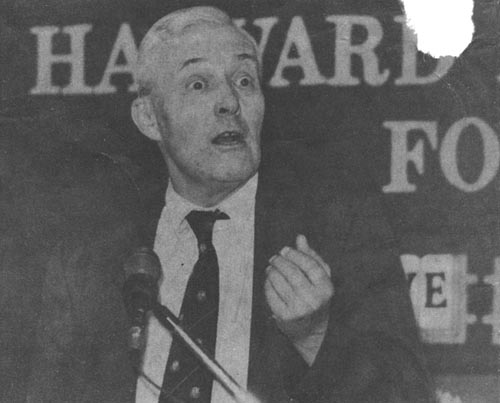 Changes to Labour's constitution were pushed through. Inevitably there were compromises – an electoral college where the unions, MPs and constituencies had the task of electing the leader did not give full powers to the rank and file of the Party. However these were democratic gains for the Party. Previously, the leader had been elected by the MPs only. Callaghan resigned as leader and Michael Foot, a former hero of the left was elected. In 1981 Tony Benn came within half a percent of defeating the right wing candidate Dennis Healy in the deputy leadership election.
Changes to Labour's constitution were pushed through. Inevitably there were compromises – an electoral college where the unions, MPs and constituencies had the task of electing the leader did not give full powers to the rank and file of the Party. However these were democratic gains for the Party. Previously, the leader had been elected by the MPs only. Callaghan resigned as leader and Michael Foot, a former hero of the left was elected. In 1981 Tony Benn came within half a percent of defeating the right wing candidate Dennis Healy in the deputy leadership election.
This was the high tide of support for the left within the Party. Marches were organized against unemployment in Liverpool, Cardiff and Glasgow. Labour was riding high in the opinion polls, the policies of the Thatcher government were highly unpopular. Her government's days were seen as numbered. Clearly gains by the Left of the Party had not at this stage frightened the electorate. So what went wrong?
Right wing fights back
In spite of the gains of the Left in the 1970s and 1980s at no time did the Left fully control the Party. For a short time it ran the NEC, but the majority of the PLP was always on the right. This is a convenient factor forgotten in the laying of blame for the defeats of the 1980s. Nevertheless this was not enough for some of the right wing.
 In 1981 after the Wembley Conference decision to set up an electoral college to elect future leaders, four former Labour cabinet ministers – Shirley Williams, David Owen, Roy Jenkins and William Rodgers left the Labour Party to form a new party – the Social Democratic Party. They took with them two dozen Labour MPs, but like the 1929/31 split they made no inroads into the membership of the Party. Nor did they take with them a single trades union leader. Their membership came to consist of middle class political novices. Nor did they initially gain much support from the electorate, as they were seen as "traitors". In the 1983 election they were to split the Labour vote in some constituencies allowing the Tories to win, but that would not have been possible without the treachery of the right wingers within the Party.
In 1981 after the Wembley Conference decision to set up an electoral college to elect future leaders, four former Labour cabinet ministers – Shirley Williams, David Owen, Roy Jenkins and William Rodgers left the Labour Party to form a new party – the Social Democratic Party. They took with them two dozen Labour MPs, but like the 1929/31 split they made no inroads into the membership of the Party. Nor did they take with them a single trades union leader. Their membership came to consist of middle class political novices. Nor did they initially gain much support from the electorate, as they were seen as "traitors". In the 1983 election they were to split the Labour vote in some constituencies allowing the Tories to win, but that would not have been possible without the treachery of the right wingers within the Party.
This split away from the Party was probably less significant than the actions of the right wingers who remained within the Party. They formed their own organisation, Solidarity, and waged a campaign against the left. They belittled and undermined the hapless Michael Foot who won the leadership on the basis of his left wing history. The right wing worked hand in glove with the bosses and their media to undermine the Labour Party.
A crucial role was also played by one of the main trades unions. The AEUW had elected a right wing leader in 1981. The Right wanted to reverse the gains made by the Left. On the issues of foreign policy they were particularly hostile to Labour's break with 'Atlanticism' and its abandoning of uncritical support for US imperialism. This had been an issue within the Party since the 1940s. Even the 1945 Labour Government had backed US foreign policy, and the Wilson Government had supplied intelligence sources, although not troops to support the US invasion of Vietnam.
"Falklands factor"
 The fact is that the right wing of the Party wanted Labour to lose in 1983 as part of its strategy to defeat the Left. When the election was called it is was not at a good time for the Labour Party as the Thatcher government was now riding high on the "Falklands factor", a diversion from its unpopular domestic policies. Labour had a radical alternative manifesto, but the Party was thrown into chaos due to a complete lack of leadership. Far from selling this manifesto to the electorate the leadership resorted to sabotage, even refusing to endorse some Labour candidates. As part of this a witchhunt was initiated against the Marxists in the party, Militant supporters, including three Labour candidates.
The fact is that the right wing of the Party wanted Labour to lose in 1983 as part of its strategy to defeat the Left. When the election was called it is was not at a good time for the Labour Party as the Thatcher government was now riding high on the "Falklands factor", a diversion from its unpopular domestic policies. Labour had a radical alternative manifesto, but the Party was thrown into chaos due to a complete lack of leadership. Far from selling this manifesto to the electorate the leadership resorted to sabotage, even refusing to endorse some Labour candidates. As part of this a witchhunt was initiated against the Marxists in the party, Militant supporters, including three Labour candidates.
By 1992 there was little left of the radical changes which had been achieved by the Left in the 1970s and 1980s. The process by which the Party reverted to right-wing control is well documented in "Defeat from the jaws of victory" by Richard Heffernan and Mike Marqusee. This was published after Labour's third election defeat in 1992. Neil Kinnock, known as a soft left who had failed to back Tony Benn in the deputy leadership contest, but had a record of support for key parts of Labour Party policy such as unilateral nuclear disarmament, was the first Labour leader to be elected under the electoral college.
Under his leadership the Party was transformed and dropped most of the left-wing policies which had been adopted in the 1970s and 1980s. Much of the centralised regime of the Blair years was in place by the time Kinnock left office. Crucial to this was the reversal of the democratic gains made by the Left and the restoration of power to the Shadow Cabinet, in which there was a right-wing majority. The leader installed a Shadow Communications Agency, comprising of many of the figures to be in the forefront of New Labour in the 1990s – Tony Blair, Peter Mandelson and Gordon Brown. In 1986 Peter Mandelson was appointed as Director of Campaigns Communications. This inner circle came to have more power than the Party's National Executive Committee. The whole structure of the Party apparatus was reformed so that full time staff worked for the Leader, not the Party. These people campaigned to change Party policy on tax, trades union reform, re-nationalisation and unilateral nuclear disarmament. This was all achieved over the course of the 1980s.
How was all this achieved, considering the growth of the Left in the previous period? Firstly the Party had never been under the control of the Left. Secondly the Left itself was divided. The traditional left, around Tribune had effectively been taken over by right wingers. By the 1980s it comprised 50% of the Parliamentary Labour Party. The so-called 'soft left' included people like David Blunkett and Michael Meacher, who aided Kinnock in his internal battles with the 'hard left' This completely changed the balance of power within the Party.
Some of the personnel who surround Blair today had their roots in student politics, particularly the National Organisation of Labour Students (NOLS) which had been set up by Labour Party HQ in the 1970s. Although initially this organisation had a left majority, there was also a strong right-wing core, which was aided by the party apparatus in gaining a majority. Typical manoeuvres would be the annulment of whole left-wing delegations at national conferences of NOLS. Once they had NOLS firmly in their hands this was used to counter-balance the Labour Party Young Socialists which supported the policies of the Marxists gathered around the 'Militant'. This right-wing grouping formed an organisation called 'Clause 4', a secretive organisation whose task it was take on 'Militant' supporters in NOLS. One of these "people of principle" was Jo Moore, who later made the headlines by choosing a "good day to bury bad news" on September 11th 2001!
The drift to the right by the Labour leadership aided the Thatcher government in its attacks on the labour movement. The 1984/85 miners' strike was supported by the Labour Party, but not by Kinnock, who sat on the fence and supported the hypocritical coded attacks on Arthur Scargill and the activists. The defeat of this strike which was a watershed in the class struggle in Britain was not inevitable, but it was to change the political landscape in Britain for decades.
Similarly the Labour leadership not only refused to support Labour Councils who were campaigning against rate-capping and to implement the policies on which they were elected, but attacked them. Liverpool and Lambeth Councils and the Greater London Council had different approaches to their campaigns against the Tories, but all attracted popular support (which the Kinnock leadership was still failing to do). Many of the equal opportunities policies for which the GLC was lambasted by the Tories and criticised for by the Labour leadership, have now become mainstream "welcoming diversity" issues. But that wasn't the point.
They needed issues on which to attack the left. Thus a major witch hunt was launched against Militant supporters in the Party and other left wingers, using the same kangaroo court , the National Constitutional Committee, (set up by Labour's NEC) which was used against MP George Galloway for his stand on the Iraq war.
Defeats for the labour movement on the industrial front and in local government augmented the power of the "modernisers", as they came to be called. Their policies of accommodating to what was acceptable to British capitalism became a self fulfilling prophecy. Resistance was seen as futile. Kinnock invented the term "dented shield" as a strategy for Labour local authorities, meaning accommodation with the Tories, rather than confrontation. Membership of trades unions declined as jobs were lost through the destruction of industries such as mining. The sale of council houses was undermining Labour's traditional power bases. Some of this was deliberate gerrymandering, as in the borough of Westminster where council flats were done up and sold to potential affluent Tory voters. This of course was picked up by the "modernisers", some of whom claimed that Labour could never win an election again and it was time to do a deal with the Liberals.
Kinnock's failure
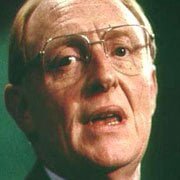 To be successful in carrying out these reforms in the Party it was critical that Kinnock should have roots within the labour movement and the full support of the trades union movement.
To be successful in carrying out these reforms in the Party it was critical that Kinnock should have roots within the labour movement and the full support of the trades union movement.
In spite of his shift to the right which was supposed to make the party attractive to the electorate (according to their own thinking), Kinnock and his inner circle failed to make Labour electable and lost the 1992 election. Even after the Tory defeat on their flagship policy of the poll-tax and the subsequent removal of Thatcher, Kinnock who had failed to endorse the anti-poll tax campaign, could not win an election!
But, again, that was not the main aim of this clique. The point was that it had been successful in reversing many of the democratic changes within the Party. Kinnock resigned and John Smith, who followed on as leader, had a similar political agenda but a different style. He wanted change with "consent", making deals with influential sections such as the trades unions. His untimely death was to change that, and Blair, a dogmatic modernizer was elected as Party leader.
The truth, which the current orthodoxy ignores, is that John Smith would have won the 1997 election. It wasn't Blair's brilliance at all. The British public were sick to death of the Tories and their policies. It is a myth that only New Labour and its Tory lite policies could beat the Tories. Old Labour, right wing social democrat John Smith would have led Labour to victory had he lived.
Slow burning hatred of the Tories finally exploded in 1997 and it's deep seated intensity is the basis of New Labour's survival so far. But the loss of four million votes since 1997 shows they have failed in all their aims, except holding onto the perks of office.


